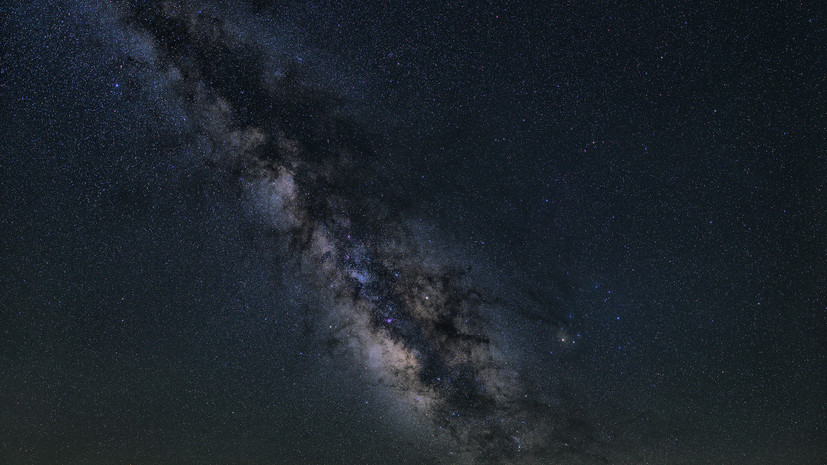Specialists from the University of Warwick (Great Britain), the University of Warsaw (Poland) and the Ohio State University (USA) have compiled the most extensive three-dimensional map of our Galaxy. To do this, scientists measured the distance from the Sun to thousands of individual pulsating variable stars scattered across the Milky Way. This is reported in the journal Science.
Variable stars (Cepheids) are a kind of beacons for astronomers who calculate the distance between distant objects. The most famous of cepheids is the pole star. The new three-dimensional map shows the S-shaped structure of the curved star disk of the Milky Way.
“On our map you can see that the disk of the Milky Way is not at all flat. It is curved and twisted. Thanks to separate celestial bodies, we will be able to illustrate this on a three-dimensional model for the first time, ”said co-author of the work Przhemek Mroz.
Scientists note that earlier the idea of the form and structure of the Milky Way was largely formed from indirect landmarks, including on the basis of calculations of distances to objects in other galaxies of the Universe. Such maps, based on limited observations, are incomplete and inaccurate, the researchers believe. Earlier, the creation of an exact map of our galaxy was already announced by Chinese and Australian scientists.
To build the most accurate three-dimensional model, the researchers calculated the distances to more than 2,400 Cepheids across the galaxy. In order to establish exact values, specialists used data on the periodic pulsation of these objects.
Scientists have created a new map of the Milky Way thanks to the Polish-American project Optical Gravitational Lensing Experiment (OGLE) to study dark matter. In the course of research, astrophysicists have installed twice as many variable stars in the Milky Way than previously known.

